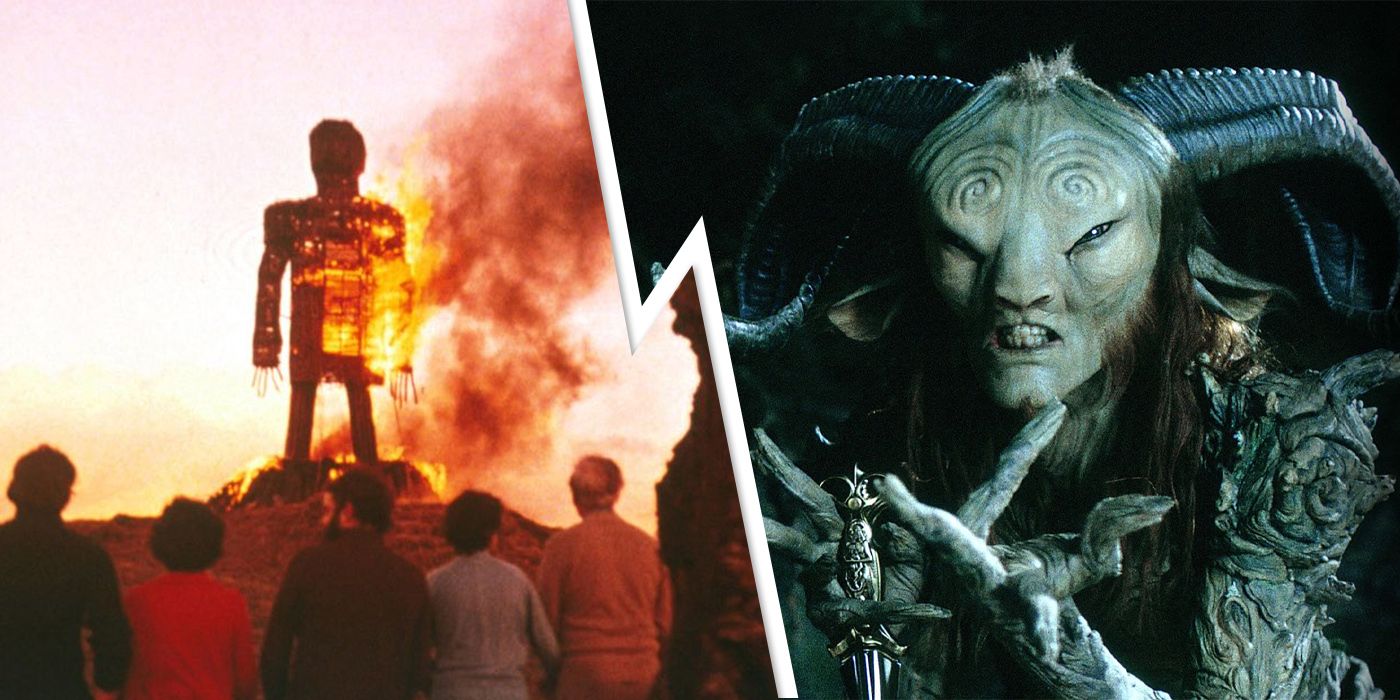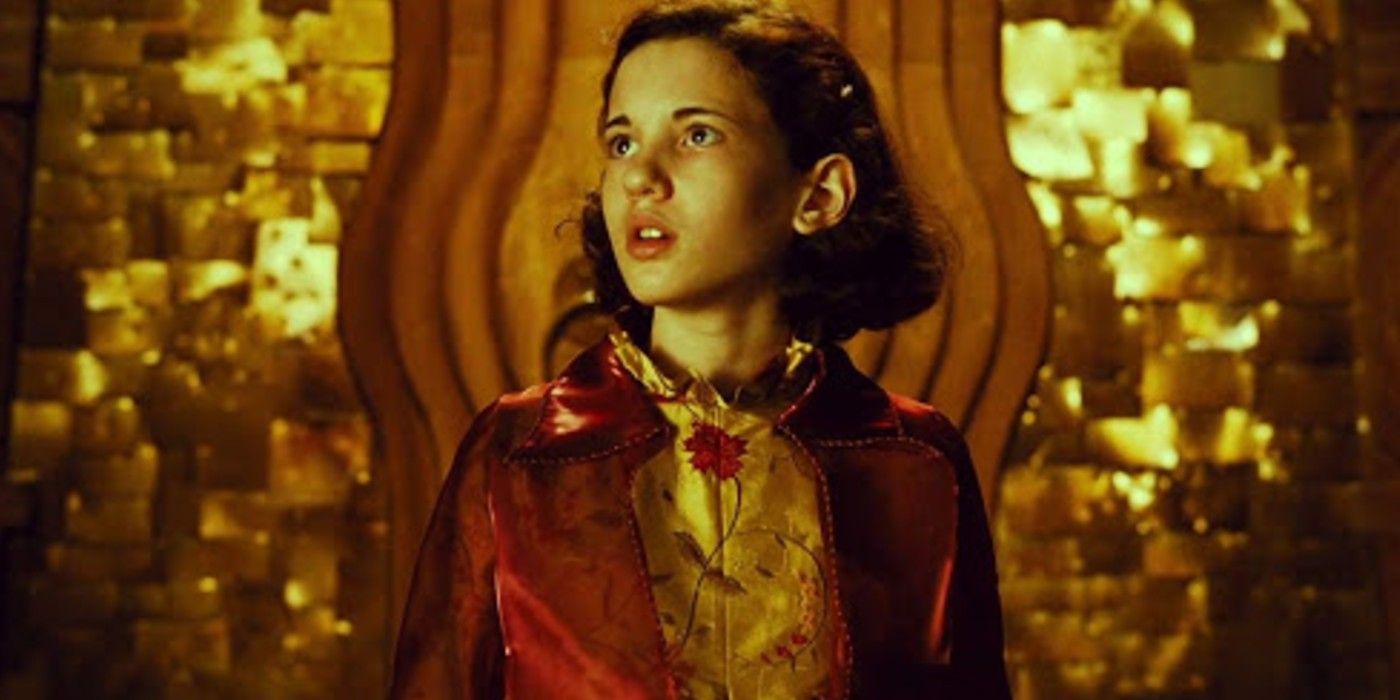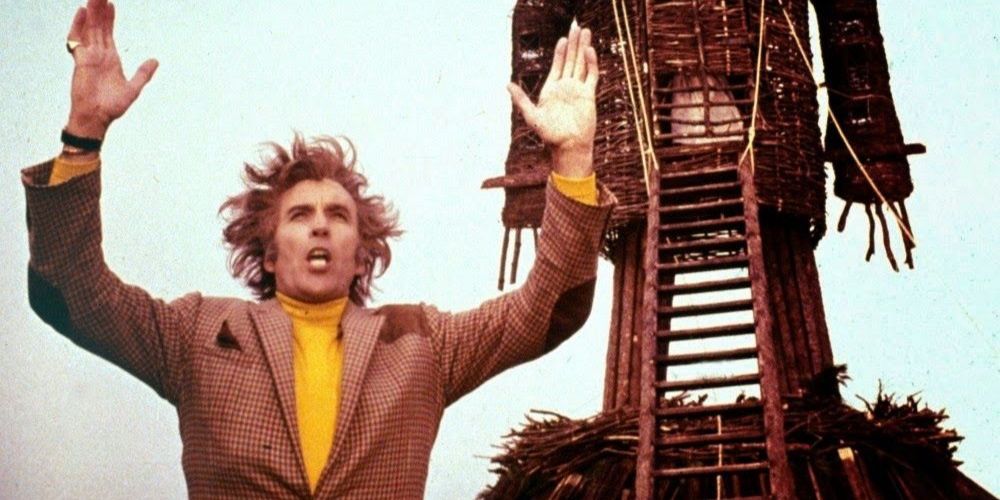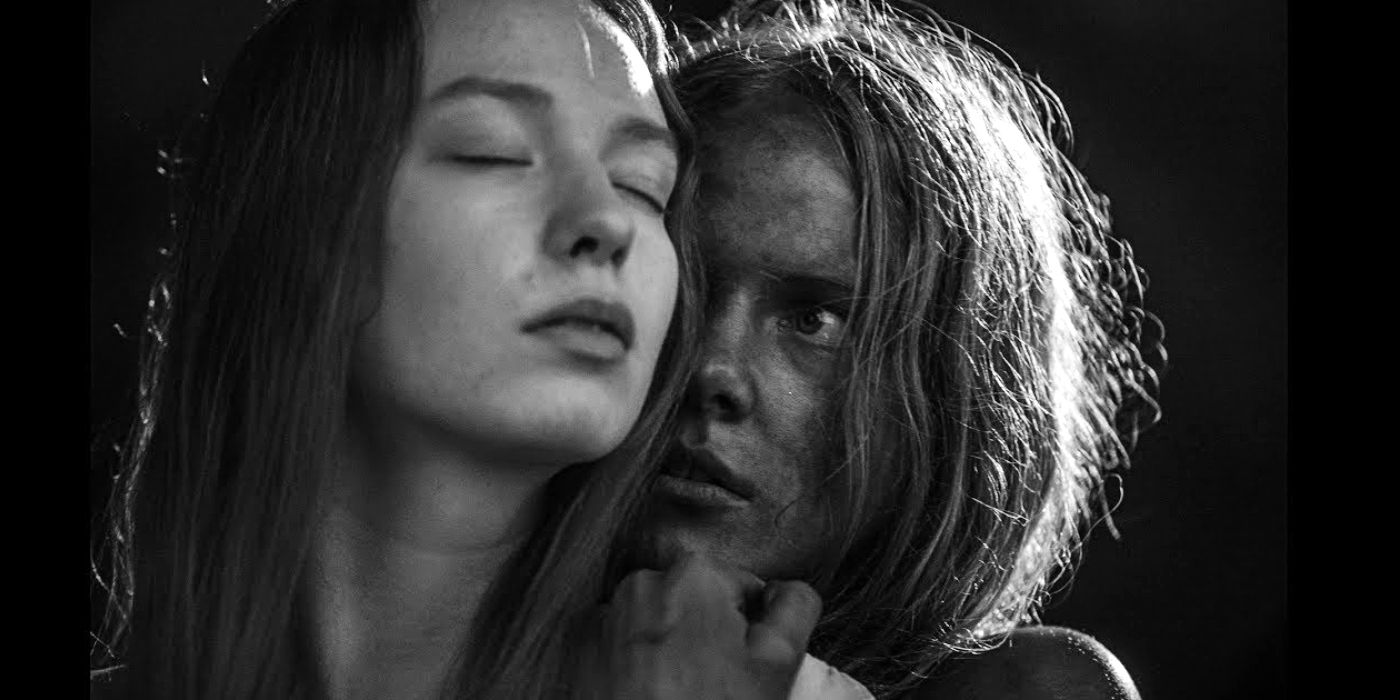
Some of the best horror movies are based on fairy tales and folklore. The realm of fairy tales has always had a dark, murkier undercurrent, as exemplified by the original collection by The Brothers Grimm, German siblings responsible for the creation of 19th-century fairy tales rife with violence, now-problematic discourse, and gore. These tales, in conjunction with ancient myths and folklore, have emerged as compelling horror material in modern times, as evidenced by the popularity of movies such as Ari Aster’s Midsommar, which is rooted in Scandinavian neopaganism.
Folk horror is, by no means, a brand-new emergence, as the first film that dealt with such themes was 1922’s Hӓxan, which charted the historical roots of and superstition surrounding witchcraft while being partly based on the Malleus Maleficarum. With the critical acclaim of 1973's The Wicker Man, a fleshed-out genre of folk horror seemed to be on the rise, evoking sentiments of unease with regard to lush, idyllic landscapes that appeared to be infused with a primordial surge of power that stretched back to many a millennium.
Horror, if crafted well, can work almost in any setting. However, there is something otherworldly about vast, untapped natural territories that used to be sites of traditional rituals and fictional inspiration. Horror revolving around fairy tales and folklore are almost always characterized by a rural setting, and the themes of inherent powerlessness of the human civilization when faced with a greater, older source of terror. The following films stand out in the genre for a number of reasons, be it the treatment of mythical material or the electrifying infusion of the ancient with the postmodern.

Based on Joan Lindsay’s 1967 novel of the same name, Picnic at Hanging Rock played a seminal role in garnering attention for the then-emerging Australian New Wave as it was a fresh take on horror that hinged upon narrative ambiguity. Directed by Peter Weir, Picnic at Hanging Rock is set in the year 1900 amid a secluded countryside that seems all too surreal. The film opens with a group of schoolgirls taking a trip to Hanging Rock, which is positioned as a mythical being in its own right, with its huge, ancient rock formations and steep, dangerous slopes. This innocent trip to the wilderness culminates in the disappearance of three girls, and a series of unsettling events that seem to have no explanation, scientific or otherwise.
While the exact nature of the source of horror in the film and the reason behind the disappearance of the girls is never spelled out, Picnic at Hanging Rock was inspired by the folk traditions surrounding the real location, which was a site for sacred ceremonies and initiations of native tribes until the mid-1800s, and later became subject to lore about evil spirits and morbid hauntings, heightened by the actual disappearance of two local girls in the area. Irrespective of the true nature of its narrative inspiration, Picnic at Hanging Rock remains an eerie cinematic experience, with its lush, vibrant hues, angelic-white lace dresses, and the utter unknowability of realms that exist in parallel to the corporeal one. Apart from this, the score by Gheorghe Zamfir lends an especially haunting aura to the film’s already tense atmosphere, evoking connections to the Greek God Pan, who is deemed as the overseer of the rustic and the wild, sometimes known to evoke an acute sense of panic in vast, desolate spaces.

A dark fantasy film through and through, Guillermo del Toro’s Pan’s Labyrinth takes place in 1944 Spain, just a few years after the Spanish Civil War. Del Toro entwines the real with the mythical, as the narrative focuses on a child’s imaginary interactions with an abandoned labyrinth and a mysterious, faun-like creature as an escape from the bleakness of her reality. Pan’s Labyrinth is directly influenced by fairy tales as it assumes the function of a parable, and is considered a spiritual successor to del Toro’s 2001 The Devil’s Backbone. The film’s imagery is steeped in ancient folklore from the get-go, as the titular character, Ofelia, comes across a stick insect that resembles a fairy, who leads her towards a stone labyrinth.
While Pan's Labyrinth's figure of the faun originally derived from Roman mythology, it eventually evolved, and could today purportedly be a part of the fae forest folk. Apart from this, the film also incorporates the use of traditional herbs connected to practical and magical healing, such as when Ofelia is asked to feed blood to a mandrake root in order to ease her ailing mother’s pain. Other influences that shaped this surrealist fantasy are varying pieces of literature on the pagan deity Pan, including Arthur Machen’s The Great God Pan and Algernon Blackwood’s Pan’s Garden. It is also interesting to note that the Pale Man featured in Ofelia’s second task is a rendition of the mythological creature from the Japanese legend of the Tenome.

Directed by Jaromil Jireš, Valerie and Her Week of Wonders is a 1970 Czechoslovak surrealist horror that chronicles a young girl’s transition to puberty via the lens of a dream-like fairy tale, one that is marked by grisly violence and lurid sexuality. Valerie and Her Week of Wonders hinges upon visual poetry as opposed to an overtly comprehensible plot, while it weaves the grimmest tropes of European folklore, including vampiric entities and the ritual practice of black magic, to dramatize Valerie’s initiation into the dreary world of adulthood.
A timeless coming-of-age story, Valerie and Her Week of Wonders dives deep into the uncomfortable end of womanhood, a sentiment that is heightened with the aid of soundscapes featuring folk melodies and choral hymns. After progressing through her dream which essentially takes on the shape of shifting nightmares, Valerie strolls past a riverside bacchanalia - another folkloric element - which was a Greco-Roman festive tradition held to honor the ecstatic aspect of nature and the God of wine, fertility, and ritual madness, Dionysus.

Robin Hardy’s British folk horror, The Wicker Man, centers on the isolated yet idyllic island of Summerisle, wherein Police Sergeant Neil Howie arrives in search of a missing girl, Rowan. A devout Christian, Howie is appalled by the strange customs of the island folk, who have abandoned Christianity in favor of a form of Celtic paganism. The Wicker Man, much like Aster's Midsommar, entwines several threads of folk horror, starting with medical superstitions of placing toads inside one’s mouth to cure a sore throat, along with references to the Celtic deity the Green Man, who is traditionally associated with spring and rebirth.
The titular image of the wicker man also has pagan roots, as this figure was reportedly used by the ancient Druids for sacrificial burning. The wicker man has also been referenced numerous times in modern neopagan-themed ceremonies, although today it is solely a symbolic representation without an actual sacrifice. Apart from this, The Wicker Man also hints at obscure fertility rituals, Arthurian myths, and pagan harvest cycles steeped in archetypical symbolism. The brilliance of The Wicker Man lies in the fact Summerisle’s way of life is not necessarily posited as negative or oppressive, rather as a complex religion that is open in contrast to Howie’s staunch intolerance, for which he ends up paying the ultimate price.

A folk tale enmeshed in both the beautiful and the bizarre, Rainer Sarnet’s November is an Estonian love story set in a 19th-century village in which the impoverished inhabitants thrive on thievery, greed, and ritualistic pagan rites. Combining magic, dark humor, and romance, November follows a young farm girl named Liina, who is absolutely smitten by Hans, a local village boy who is in turn enamored by a young Baronness. The film has narratorial roots in Estonian and Euro-Christian mythology, and the plot revolves heavily around mythical creatures known as kratts, featured heavily in Estonian folklore. Kratts were formed with hay and used for menial labor until the devil arrived and infused the creatures with life, in exchange for three drops of blood.
In November, this mythical trope is upturned in a sly manner, wherein Hans attempts to fool the devil by offering three blackcurrants instead. Rainer incorporates superstitions, pagan folk symbolism, and bedtime stories, such as when the villagers spit out Communion wafers for the purpose of using them as hunting bullets, convinced that animals could not possibly reject being shot by the body of Christ. While humorous at first glance, these beliefs are a metaphor for hunger-driven desperation, wherein supernatural phenomena become acceptable as long as it serves the interests of the village folk. Intoxicating and discordant all at once, November is a visual and cinematic feast, shot in monochrome and moonlit frames, while the darkness lingers menacingly around the edges of a uniquely-crafted folk horror.
from ScreenRant - Feed https://ift.tt/3injCMb






0 Comments
Please don't use vulgar comments and avoid discussion on Religious matters